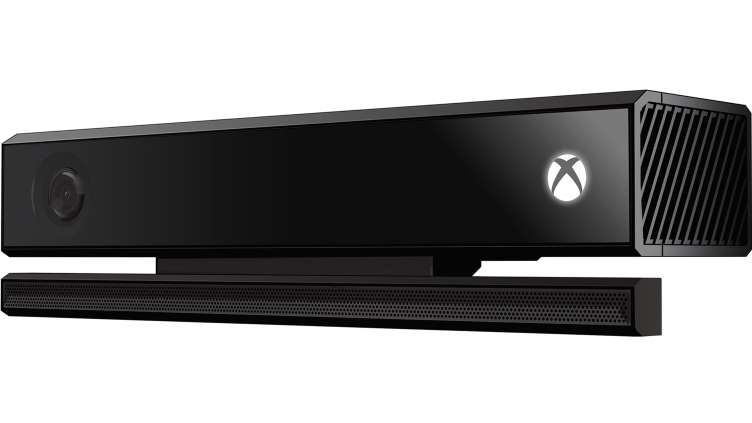

Microsoft is ending the manufacturing of the Kinect, its motion and depth sensing camera for the Xbox 360 and Xbox One games console, marking an end for developers still keen on exploring the hardware’s potential.
Despite selling around 35 million units, Co.Design reported that Microsoft will stop making the Kinect once retailers sell-out of their existing stock.
Support will continue to be provided by Microsoft for the Kinect, but the ongoing fate of its developer tools have yet to be made clear.
Microsoft had initially bundled a Kinect camera, which also includes voice recognition capabilities, into the launch package of the Xbox One.
However, the extra processing power the Kinect demanded and the high cost of the Xbox One with it, meant graphically intensive games struggled to run at the 1080p resolution, and the costly console had consumers turn to Sony’s PlayStation 4 instead.
In reaction, Microsoft removed the Kinect from the Xbox One package and left it out as a separate peripheral. This lead to the Xbox One selling more units, but limited the scope of developers keen on working with the Kinect to hit large audiences.
Nevertheless, the Kinect still found more niche uses among a developer community, including the exploration of its use in business and healthcare sectors.
“You know, we’re all at the whim of capital. And there’s no expectation that Microsoft should do something that doesn’t support their bottom line,” developer Golan Lenvin, director of the Studio for Creative Inquiry at CMU, told Co.Design.
“But this is one of those times I’m sad to hear that a tool which is used for so many different applications, and is so ubiquitous, and has served crucially as a platform for so much creative experimentation, cultural progress, and secondary innovation, in so many different fields, isn’t supporting their core business.”
But while Lenvin and other developers may mourn the end of the Kinect, Microsoft is still pushing ‘mixed reality’, the combination of augmented and virtual reality, for Windows 10 and its HoloLens headset, meaning there is likely to more opportunities for developers to delve into innovative if niche technology coming out of Redmond.
Want to display your knowledge on screen technologies? Take our quiz!
Notable development for Meta, after appeal against 2021 WhatsApp privacy fine is backed by advisor…
First sign of shakeup under new CEO Lip-Bu Tan? Three Intel board members confirm they…
Trump's nominee for SEC Chairman, Paul Atkins, has pledged a “rational, coherent, and principled approach”…
After being 'retired' by Intel's board of directors, ex-CEO Pat Gelsinger has joined a VC…
President touts easing Chinese tariffs to facilitate TikTok sale, and also implements 25 percent tariff…
Copyright lawsuit against OpenAI and Microsoft from The New York Times and other newspapers can…